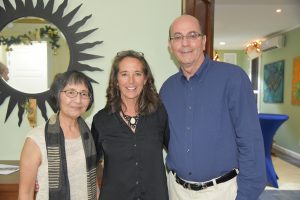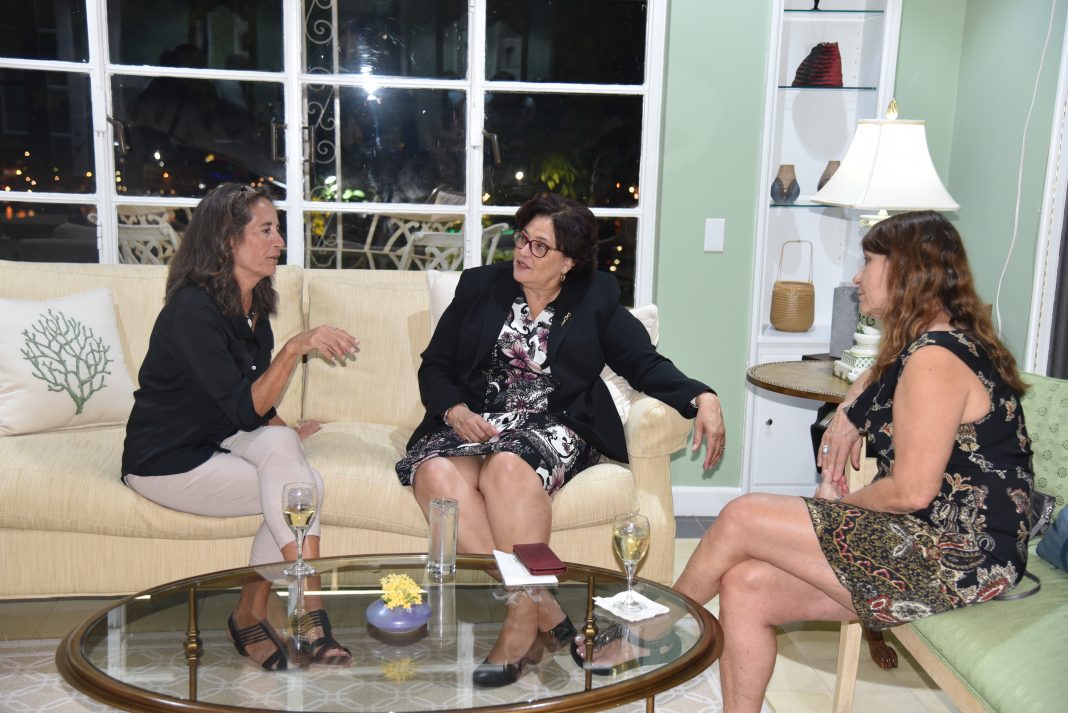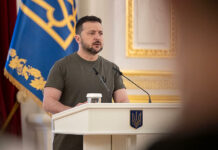In 2010, Smithsonian marine biologist and Curator of Fishes Dr. Carole Baldwin started the Deep Reef Observation Project (DROP) on Curacao. This is a Smithsonian effort to explore life on poorly studied tropical deep reefs and monitor changes in these ecosystems over time.
While it is widely recognized that shallow coral reefs are in peril worldwide, comparatively little is known about tropical deep reefs. DROP proved it is filling this major gap in our knowledge. Capitalizing on exploratory submersible diving technology, the project continues to discover an unexplored world of biodiversity and monitors long-term changes in environmental and biological parameters that may help to determine the interconnectedness of deep and shallow reefs (https://global.si.edu/projects/deep-reef-observation-project-drop).
On November 22, during a dinner at Roosevelt House in honor of Dr. Baldwin, Dutch Schrier – founder of the Curacao Sea Aquarium, Suzy Camelia-Römer – Minister of Health, the Environment, and Nature, Consul General Allen Greenberg, and other invited guests discussed the deep reef research the United States and Curacao are undertaking together on the island.
“The U.S. Consulate General applauds this important collaboration between Curacao and the Smithsonian Institution,” Consul General Greenberg said.
Curacao is an ideal location for monitoring because its shallow reefs are in good condition relative to many Caribbean localities; deep reefs are easily accessible because the bottom slopes rapidly to great depths right next to shore. The manned submersible Curasub is equipped with the necessary hydraulics to deploy and retrieve monitoring gear. Substation Curacao is a private enterprise initially established in 2010 to accommodate tourists. It also supports deep-reef research efforts by scientists from around the world. (https://www.substation-curacao.com)










